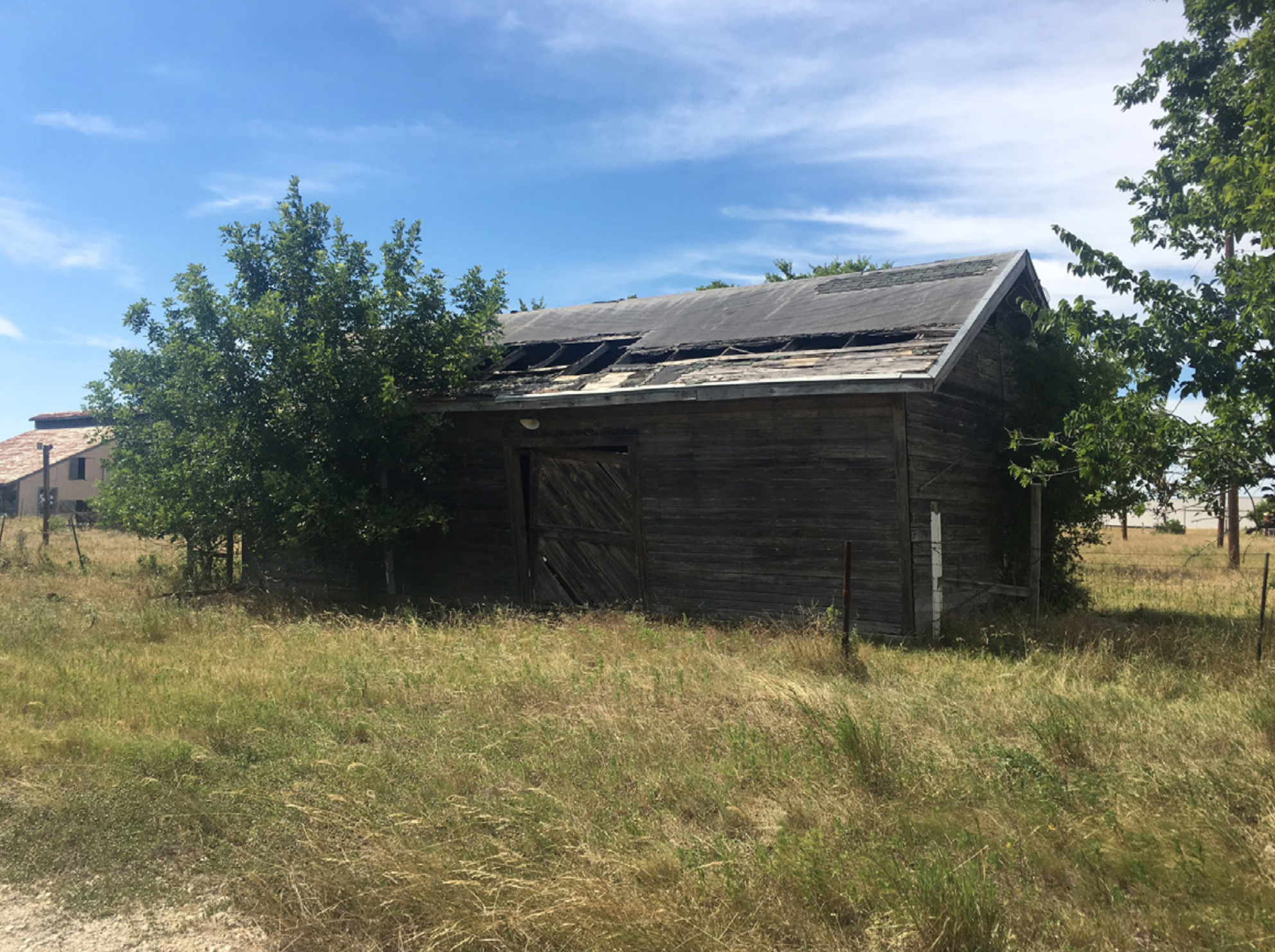Depots of Central Texas
This well preserved depot in Elgin, built in 1871, is the oldest surviving depot in Central Texas that still stands in its original location.
With the generous support of the Burdine Johnson Foundation, in 2018 Preservation Texas was able to travel and study the history of railroad depots within a 28-county area of Central Texas. This project identified the six most endangered depots in the region, which were included on our 2018 Most Endangered Places list.
The depots are as follows:
HOUSTON AND TEXAS CENTRAL RAILROAD PASSENGER DEPOT ADDITION
McDade, Bastrop County
This structure was built in 1907. After complaints about the condition of the passenger waiting rooms in the original c. 1870 depot, the Texas Railroad Commission ordered that conditions be improved. The H&TC constructed this building as an addition to an earlier depot to serve as segregated waiting rooms. Upon closure of the depot, this 1907 addition was purchased, detached from the original depot and relocated to the main commercial block of McDade for use as the T.E. Dungan Grocery.
SOUTHERN PACIFIC BAGGAGE DEPOT
Luling, Caldwell County
In 1987, Luling’s old Galveston, Harrisburg & San Antonio (aka Southern Pacific) depot was cut into two sections. The baggage end was moved north to the site of the “Texas Living Embassy Museum,” where it is in serious decay. The waiting room end of the building was moved to Seguin, where it was converted into a house. With the railroad still a prominent physical part of Luling’s downtown, salvaging what is left of this depot and returning it to Luling would allow a part of the city’s railroading architecture to have a future.
MISSOURI-KANSAS-TEXAS COMBINATION DEPOT
San Marcos, Hays County
Completed in January of 1894, this wood-frame MKT or “Katy” combination passenger/freight depot was relocated a few blocks from its original trackside location to be converted into a restaurant. Having served that purpose, it is now vacant, and a lack of maintenance is starting to impact the structure. It lacks context and is not very visible, but could become a community focal point if relocated and restored.
SANTA FE RAILWAY COMBINATION DEPOT
Lometa, Lampasas County
The City of Lometa owns this fine example of a standard Santa Fe “Number 9” plan. However, having been relocated to a new site without a sustainable plan for adaptive reuse, no progress has been made on the physical preservation of the structure. Detailed documentation was completed by historic preservation students at the University of Texas at Austin in 2014, which can provide a basis for developing plans and cost estimates for restoration.
GALVESTON, HARRISBURG & SAN ANTONIO RAILROAD PASSENGER DEPOT
Gonzales, Gonzales County
This late-19th century depot is probably the second oldest wood-frame depot to remain on its original site in Central Texas. This is exceedingly unusual, as almost all surviving historic wood-frame depots have been relocated. The structure sits on a 0.54-acre lot owned by Union Pacific, and is minimally maintained. It retains integrity of materials, design, workmanship and location.
MISSOURI-KANSAS-TEXAS PASSENGER DEPOT
Temple, Bell County
This 110-year-old brick depot on its original site in Temple is notable for its three-story tower. In a city where the Santa Fe dominated, the tower gave architectural prominence to MKT’s much smaller depot. The building is owned by the City of Temple and is used for storage. Temple was founded as a railroad city, and as such preservation of this depot is critical to the development of a heritage tourism economy in Temple.







